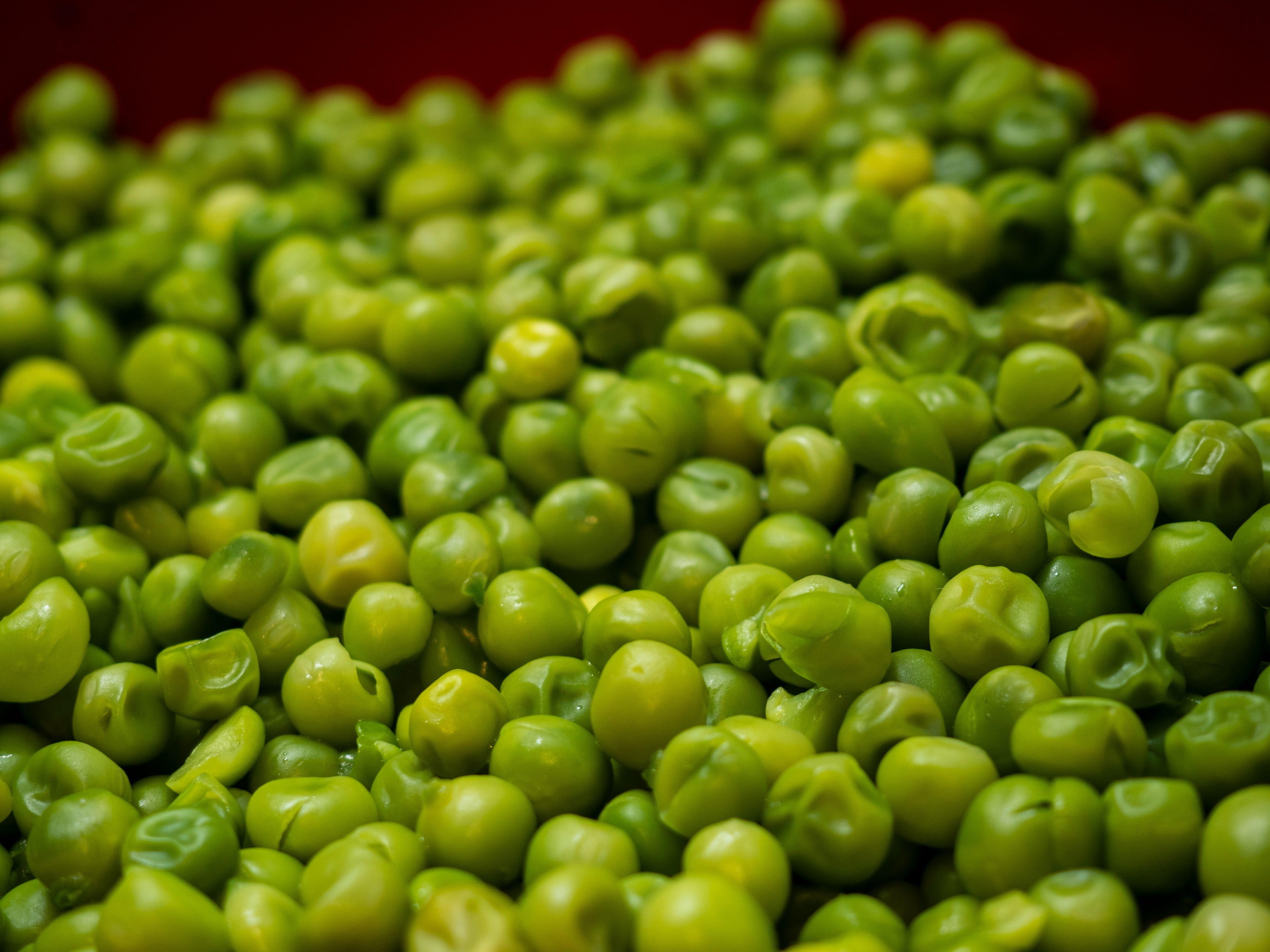Key Takeaways:
- Researchers assembled the genome of the elite pea cultivar ‘Zhewan No. 1' and analyzed genetic variation across 314 peas accessions.
- The study identified 235 candidate loci associated with 57 important agronomic traits.
- Key gene haplotypes responsible for classic Mendelian traits such as stem length, flower color, cotyledon color, and seed shape were pinpointed.
- The research also uncovered genes controlling pod form and hilum color, contributing to the understanding of pea development.
A recent study by Liu et al. (2024) has made significant strides in understanding the genetic basis of important traits in peas, a crop essential for human nutrition and a cornerstone of genetic research since the discovery of Mendelian inheritance. The researchers assembled the genome of the elite vegetable pea cultivar ‘Zhewan No. 1’ at the chromosome level and conducted a comprehensive analysis of genetic variation across 314 pea accessions.
Comprehensive Genetic Mapping
The study created a detailed map of genetic variation in peas, identifying 235 candidate loci associated with 57 crucial agronomic traits through genome-wide association studies (GWAS). This extensive mapping provides a valuable resource for future research and breeding programs aimed at improving pea crops.
Mendelian Trait Discovery
One of the notable achievements of the study was the identification of causal gene haplotypes responsible for several classic Mendelian traits in peas. The researchers pinpointed the genes associated with stem length (Le/le), flower color (A/a), cotyledon color (I/i), and seed shape (R/r). These findings enhance our understanding of how these traits are inherited and expressed in pea plants.
In addition to these well-known traits, the study also uncovered the genes controlling pod form (linked to the Mendelian P/p gene) and hilum color, which had previously been less understood. This discovery adds new dimensions to the genetic knowledge of pea morphology.
Gene Expression Atlas
Beyond mapping genetic variation, the study involved constructing a gene expression atlas across 22 different pea tissues. This atlas highlights key gene modules related to pod and seed development, offering insights into the biological processes that drive these important agronomic traits.
Implications for Pea Crop Improvement
The findings from Liu et al. (2024) provide a robust foundation for future genome-informed improvement of pea crops. By identifying critical genetic loci and understanding how they control key traits, breeders can develop new pea varieties with enhanced nutritional and agronomic qualities.
Read the entire study here.


